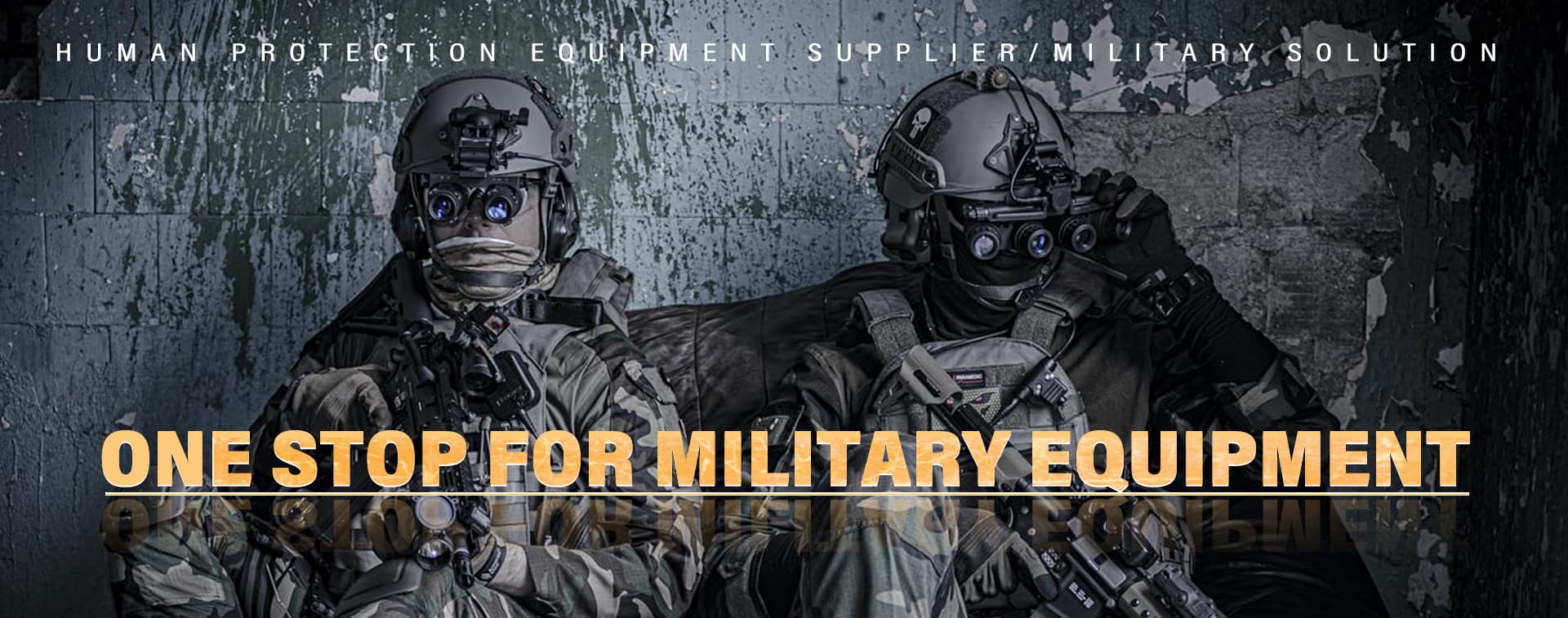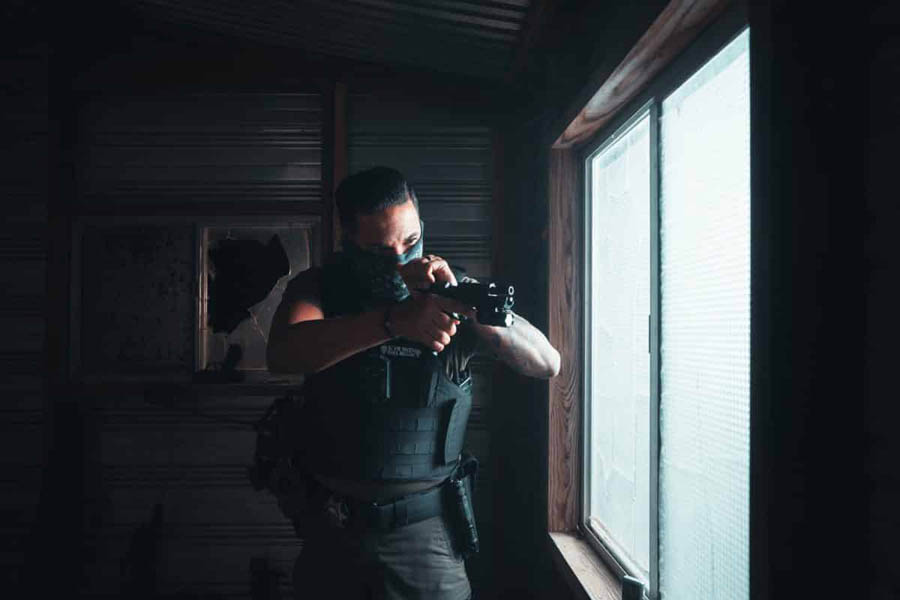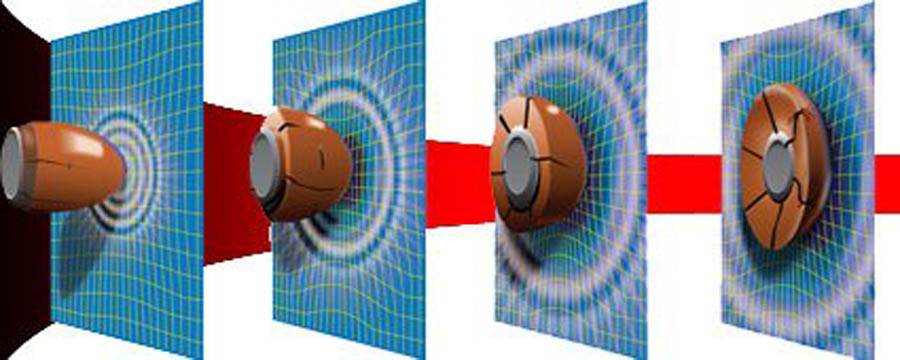

Whether it's bullet proof plate, vest or helmet, here we take a shot at explaining how body armour works to keep you protected.
Indeed, bulletproof are not bulletproof, the more accura name should be bullet resistant. They prevent fatal injury to the wearer by deflecting the bullet, which makes it bullet resistant. However, it is essential to take note that it does not guarantee 100% protection from all weapons. In extreme scenarios, a bullet can still penetrate a vest plate or helmet due to particular circumstances. The level of protection that bulletproof equipment offer is dependent on its material type and the type of combat it is designed for. In a word, a bulletproof equipment's primary function is to absorb the impact and stop a bullet or fragmentation from piercing through and hitting the wearer.
DIFFERENT TYPES OF BALLISTIC MATERIAL
A Kevlar bulletproof vest composes a DuPont Chemical Company-invented plastic that is popular because of its super-strong components. Invented by Stephanie Kwolek, Kevlar’s molecular composition has strong chemical bonds, which contributes to the material being amazingly robust and durable.
The production of Kevlar begins by mixing liquid chemicals that eventually harden when chemical bonds form. The hardened material then undergoes several processes to make it stretchable. The result is rolls of thread woven to create sheets of Kevlar fabric. The Kevlar fabric has numerous interwoven strands that help stop bullets as it strikes the vest. While a few threads may have damage upon impact, its weaving is strong enough not to open a path for the shot to go through.
The next step is the stitching of Kevlar fabric to create the bulletproof panels inside the vest. Bulletproof vest makers determine the right amount of fabric layers through doing several testing rounds using various types of ammunition, including handguns and rifles. The testing is vital as it ensures that every material is at par with the threat protection standards of the government. Ceramic plates have the highest threat protection level that uses Kevlar.
Ceramic is a material found in armored vehicles for its ability to weaken the projectile force of the incoming bullet. It is a component of clay that has exposure to extremely high temperatures. A ceramic is a level down from diamonds based on hardness rating, which is way beyond the level of a bullet.
Typical ceramics used for protective gears include silicon carbide, alumina, titanium diboride, and boron carbide. Bulletproof vests with ceramic plates turn down the kinetic energy projectile through disintegrating it to lower the ability of the bullet to penetrate its target. With high impact, the shell may dissipate into powder. It is a preferred material because even if it is lightweight, it is sturdy and durable. Moreover, if partnered with Kevlar, ceramic plates can be more effective in dispersing the force from bullet rounds.
Ceramic plates, as inserts in soft bulletproof vests, are popular among military personnel and police officers. Its lowest threat protection rating is Type III, which permits it to prevent rifle bullets from damaging its wearer fatally. The US Military uses ESAPI (Enhance Small Arms Protective Inserts) when going into combat.
Steel plates are your best option if your concern is about material thickness. Hard steel components, such as carbon, are commonly preferred, but soft steel, such as aluminum, titanium, and copper, works well, too. Bulletproof vests with steel plates are sufficient, even for high-powered rifle bullets, through layering.
The layering of various steel materials can hinder bullets efficiently than one layer, even with the same thickness. Four 1/16 inches of different metal sheet materials are better than one ¼ inch metal sheet. The layers may deform with the high impact of the bullet’s energy. However, it will stop the rounds from penetrating the vest and will prevent fatal damage to its wearer.
Bulletproof gear with steel is highly durable. Plus, with a few added thickness, bulletproof items with steel components are best for protection against modern firearm rounds, such as automatic rifles.
Other materials used for bulletproof vests and armor are polyethylene, polycarbonate, and wood. Polyethylene is a plastic material that is also dependable for low-risk threats. It is common in bulletproof vests, caps, and bags.
Polycarbonate is a durable, transparent component used in glass ballistic gears. These may be used for shooting practice ranges, bulletproof cars, and bulletproof windows in military facilities and police stations.
Lastly, wood also has the potential to stop the force of a bullet but is a less popular choice as it tends to have a lower resistance to impact. Nevertheless, studies are now in the works as the need to have bulletproof homes are arising.
HOW BULLETPROOF FUNCTION
When a bullet hits a bulletproof vest, the Kevlar or PE or other material catches it. The Kevlar absorbs and dissipates the energy from the bullet. As such, it's also a useful material for protecting against slashes and punctures.
When a handgun bullet strikes body armor, it is caught in a “web” of very strong fibers. These fibers absorb and disperse the impact energy that is transmitted to the bullet proof vest from the bullet, causing the bullet to deform or “mushroom.” Additional energy is absorbed by each successive layer of material in bullet proof vests, until such time as the bullet has been stopped.
